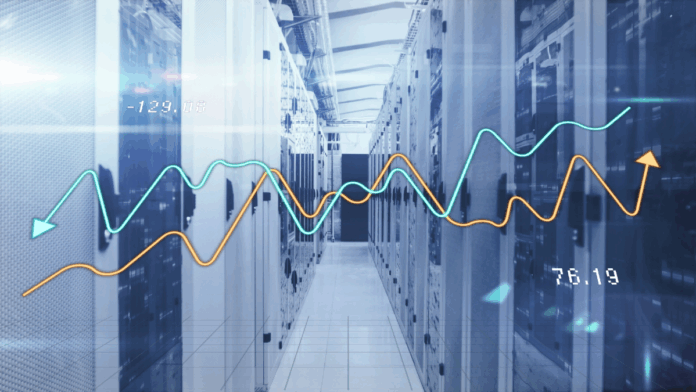In a new report, Zayo estimates that nearly 200 million additional fiber‑network miles will be required by 2030 to meet demand
A surge in data usage driven by the rise of AI, remote connectivity and digital transformation is pushing global bandwidth needs to record levels — and experts say a massive investment in fiber infrastructure is essential to prevent a bandwidth shortage.
In its newly released “Bandwidth Report: Key Trends Driving the Bandwidth Boom,” Denver-based telecom infrastructure provider Zayo reveals that nearly 200 million additional fiber‑network miles will be required by 2030 to meet demand.
According to third-party data shared by the company, an estimated 120 million long‑haul fiber miles and 70 million metro fiber miles must be deployed by the end of the decade — or risk creating capacity bottlenecks.
Explosive fiber demand — ‘no signs of letting up’
Analysis of purchases between 2023 and 2024 shows that metro dark‑fiber acquisitions shot up 268%, while long‑haul fiber buying rose 52.6% over the same period. Zayo forecasts these trends to continue at average annual growth rates of about 20% for metro and 35% for long‑haul fiber through 2029. Much of this volume is being driven by hyperscalers, telecom carriers — who accounted for 91.2% of metro dark fiber and 66.8% of high-capacity wavelength deals (>1 TB) from 2020 to 2024.
Steve Smith, chief executive officer at Zayo, noted in the report that last year, Zayo saw material AI-driven demand for long-haul routes, including more than $1 billion in AI-related deals and an additional $3 billion in pipeline. “This demand shows no signs of letting up,” he said.
Data center boom — ‘a bit of a land grab’
Emerging data-center regions — including Memphis and Salt Lake City — are experiencing remarkable growth. From 2023 to 2024, metro wavelength demand surged 4,300% in Memphis and 348% in Salt Lake City, as operators optimize for fiber-and-power availability.
“New AI and machine learning data centers are emerging in locations where land and power are affordable,” said Brandon Gouin, vice president of strategic network sales at Zayo, in the report. He noted that these operators are using substantial fiber, space and power at ILAs [Intermediate Line Amplifiers] to maintain the flexibility to quickly scale capacity as demand grows — given the uncertainty around how fast that growth will happen. “Because of that uncertainty, and with competitors taking similar steps, it’s turned into something of a land grab,” he added.
That trend is reshaping corporate strategies. In a prior conversation with RCR, for instance, FiberLight CEO Bill Major said the company is relocating its headquarters from Atlanta to Plano, Texas, to capitalize on the same surge in data center buildouts. (Read more on that here.)
The Zayo report found that traditional industries are stepping up, as well. Manufacturing saw wavelength capacity purchases grow 364% (from 1.88 TB to 8.71 TB) from 2020 to 2024, while software and tech firms ramped up their use by 450% (from 9.6 TB to 52.12 TB) and public sectors increased capacity purchased by +261% (from 0.54 Tb to1.96 Tb) in the same period.
Zayo’s response
Zayo has already announced ambitious expansion plans. In January 2025, the company committed to constructing 5,000 miles of new long-haul fiber routes, including a 385‑mile line connecting Chicago to Columbus. In March, it unveiled a deal to acquire Crown Castle’s fiber-solutions division, expanding its metro footprint by more than 100,000 route miles and adding 70,000+ on-net locations.
In a separate press statement, Bill Long, the infrastructure company’s chief product and strategy officer, issued a clear warning: “If you’re not getting the bandwidth you need today, in 10 years it may be too late.”

